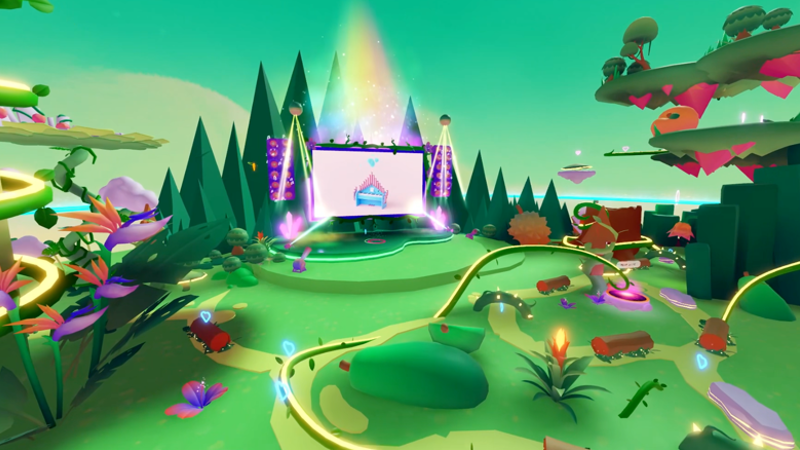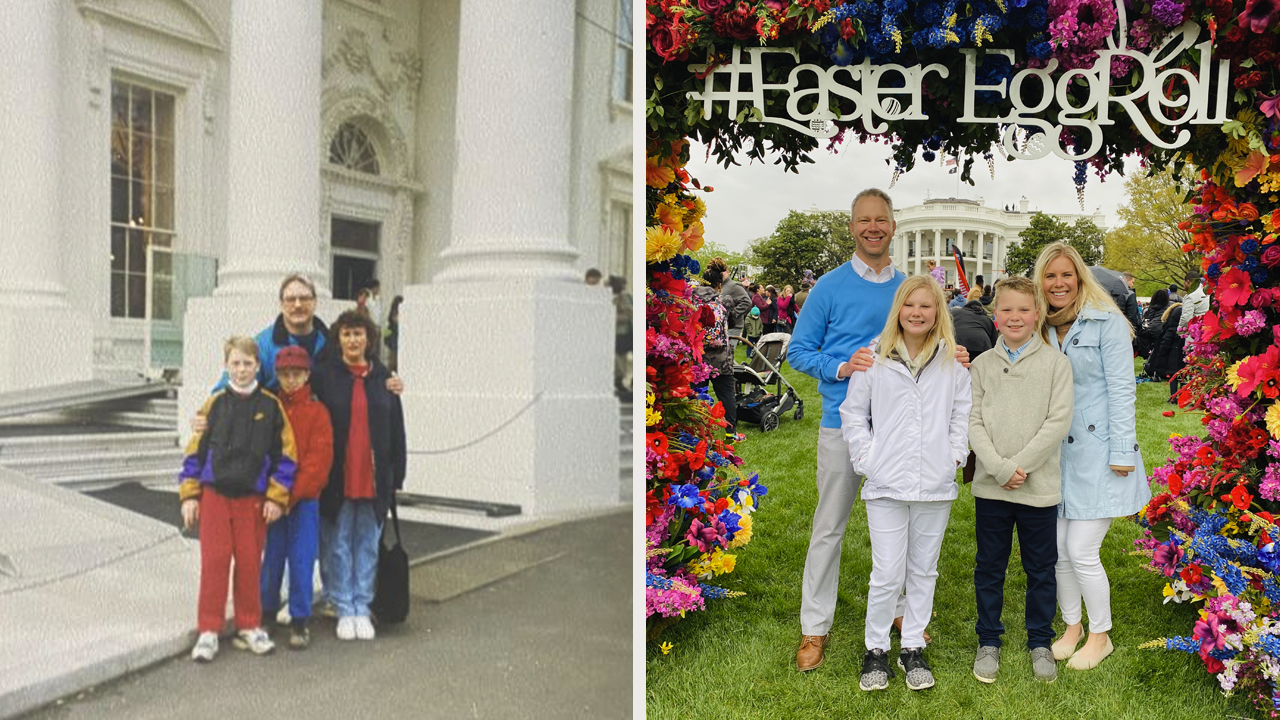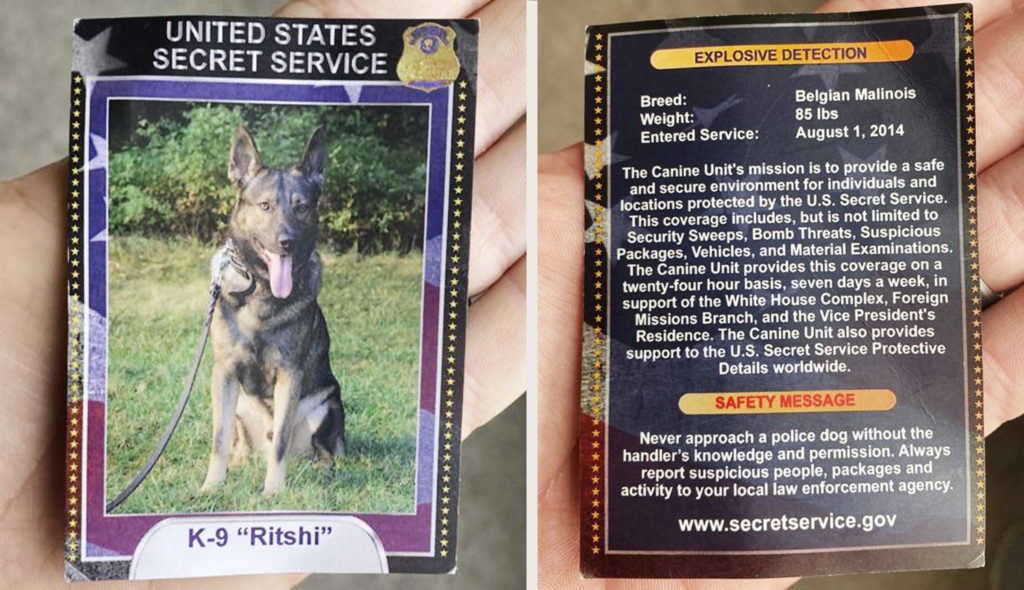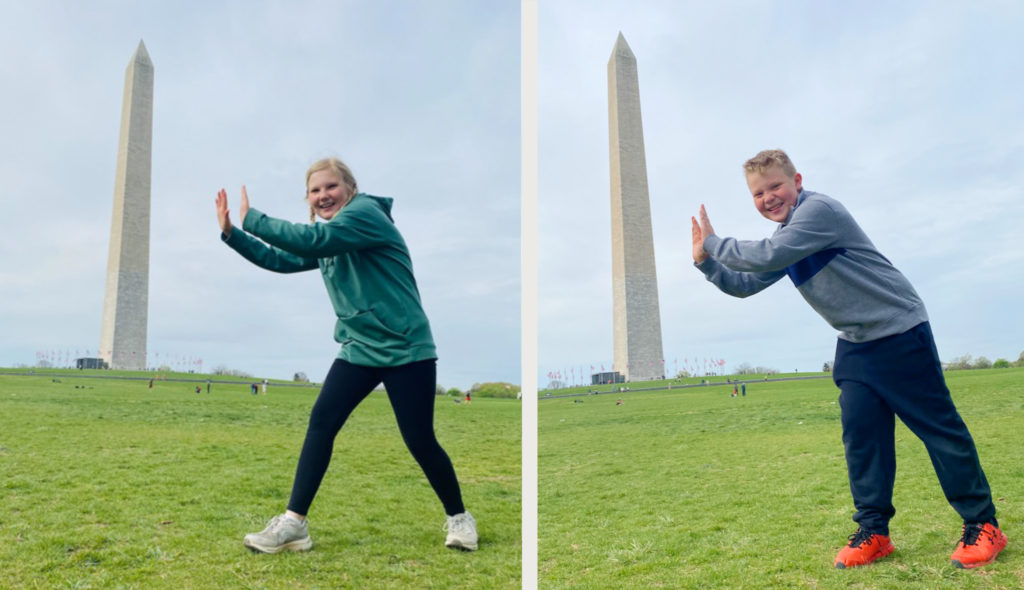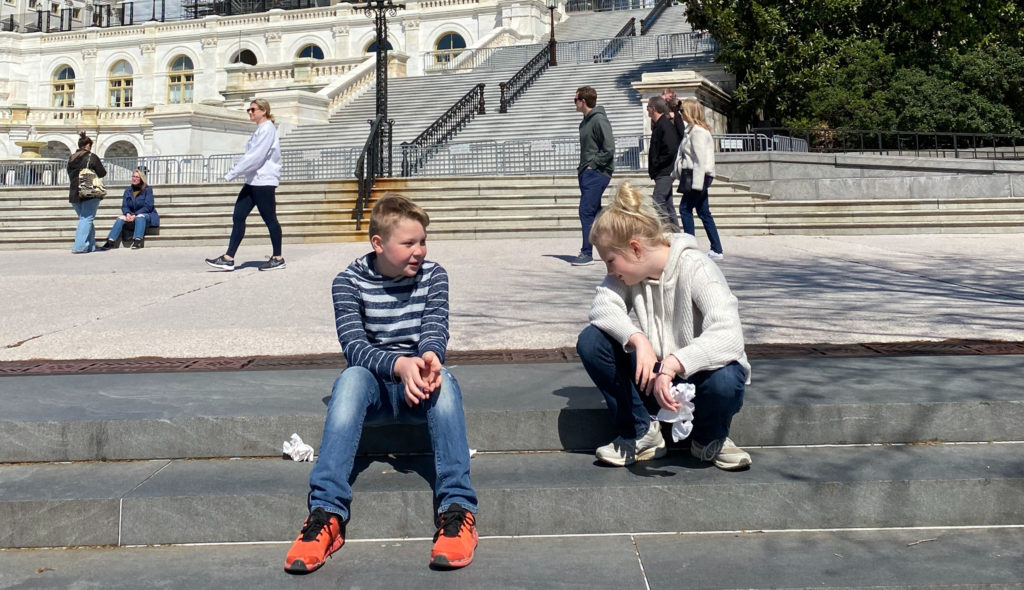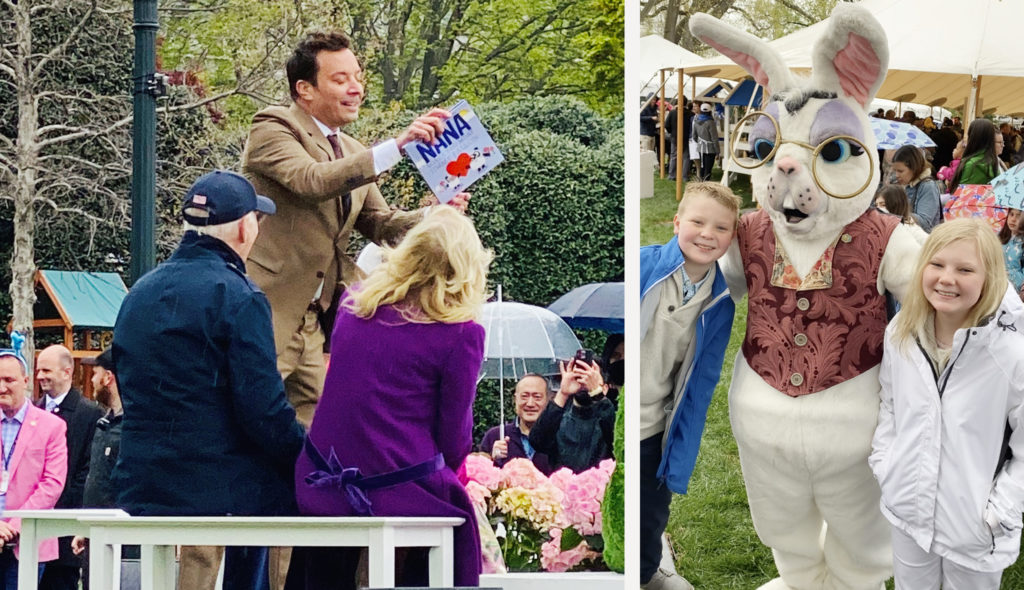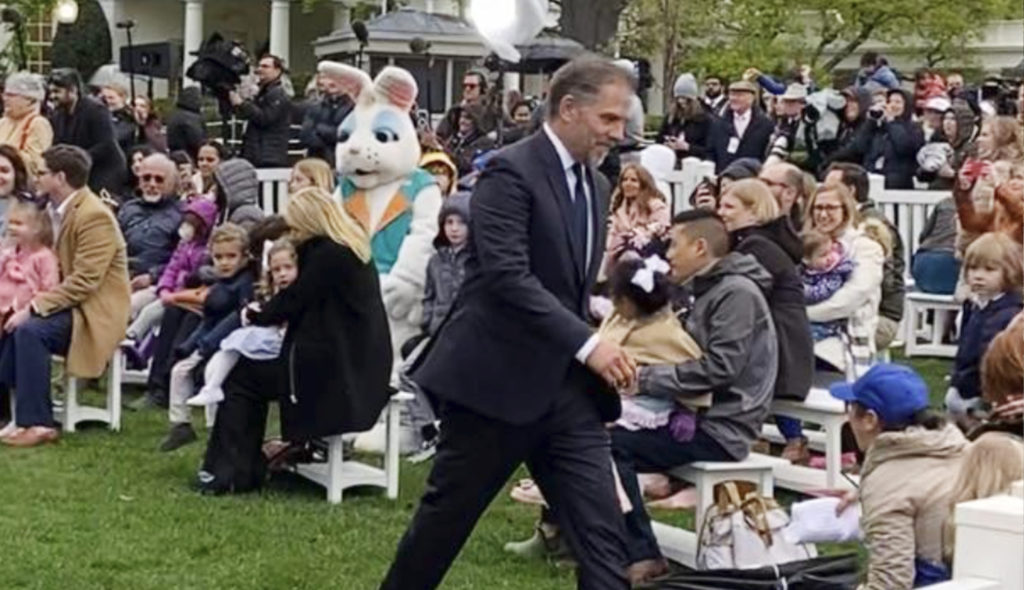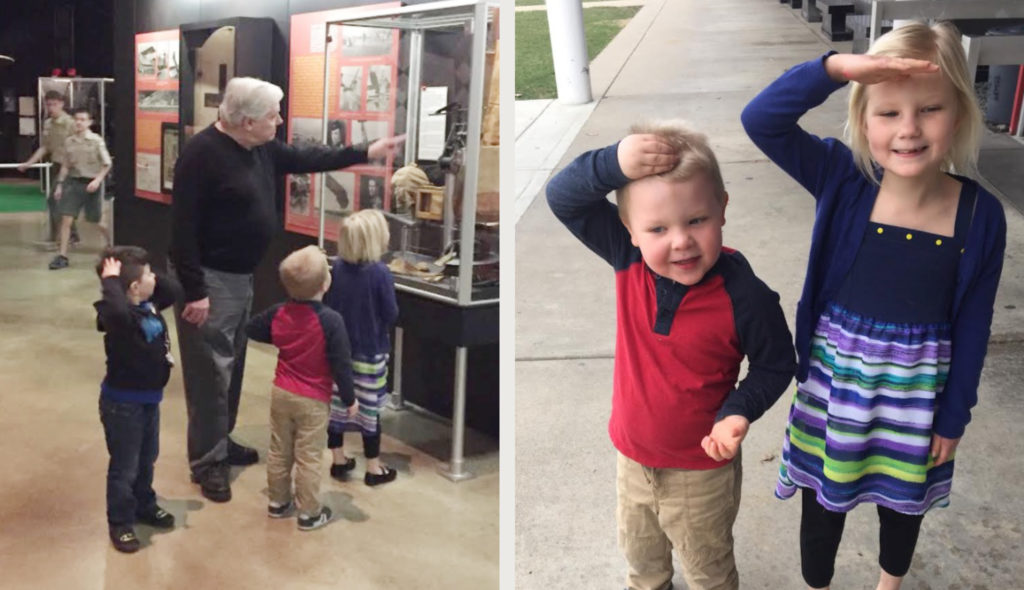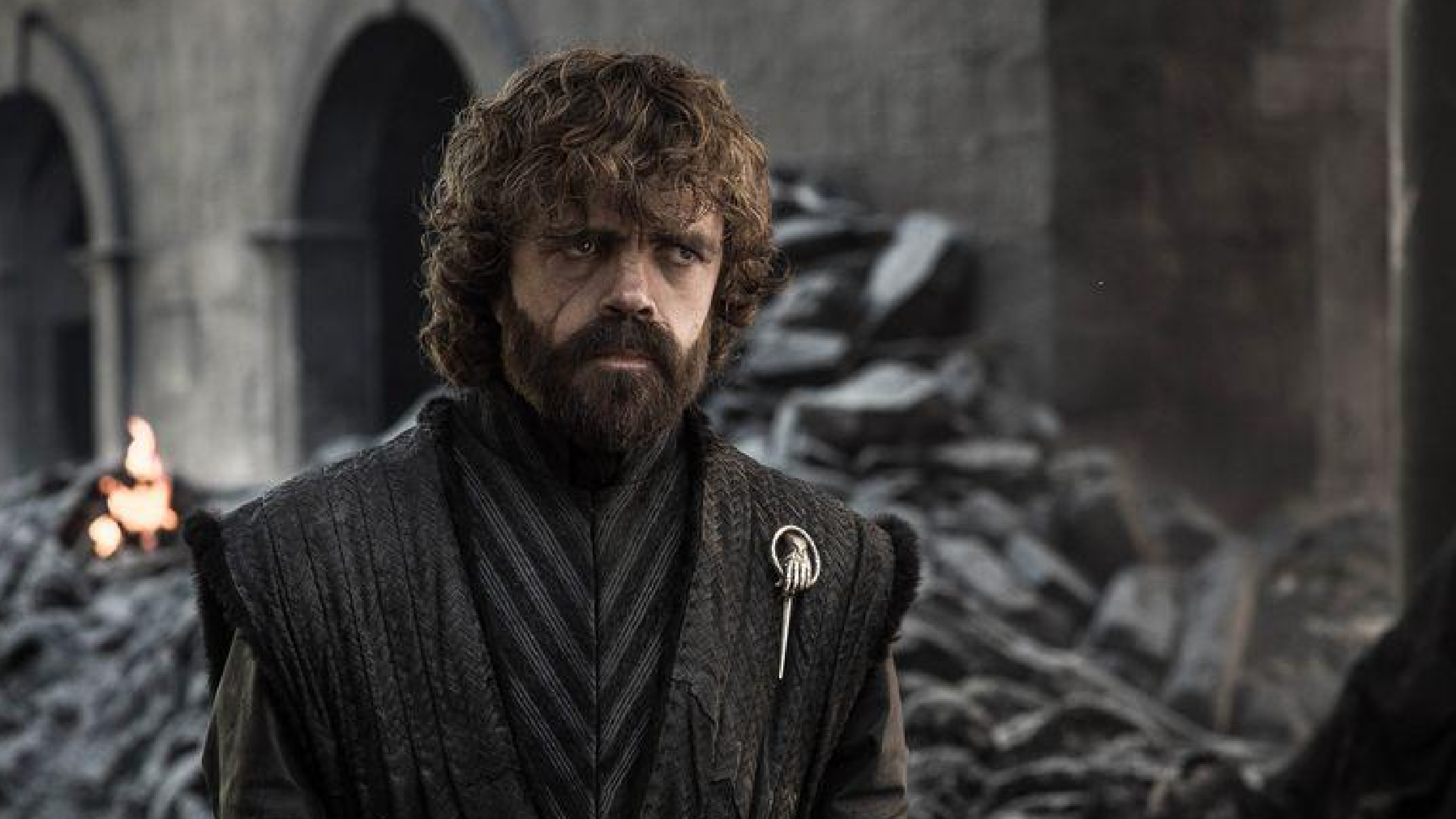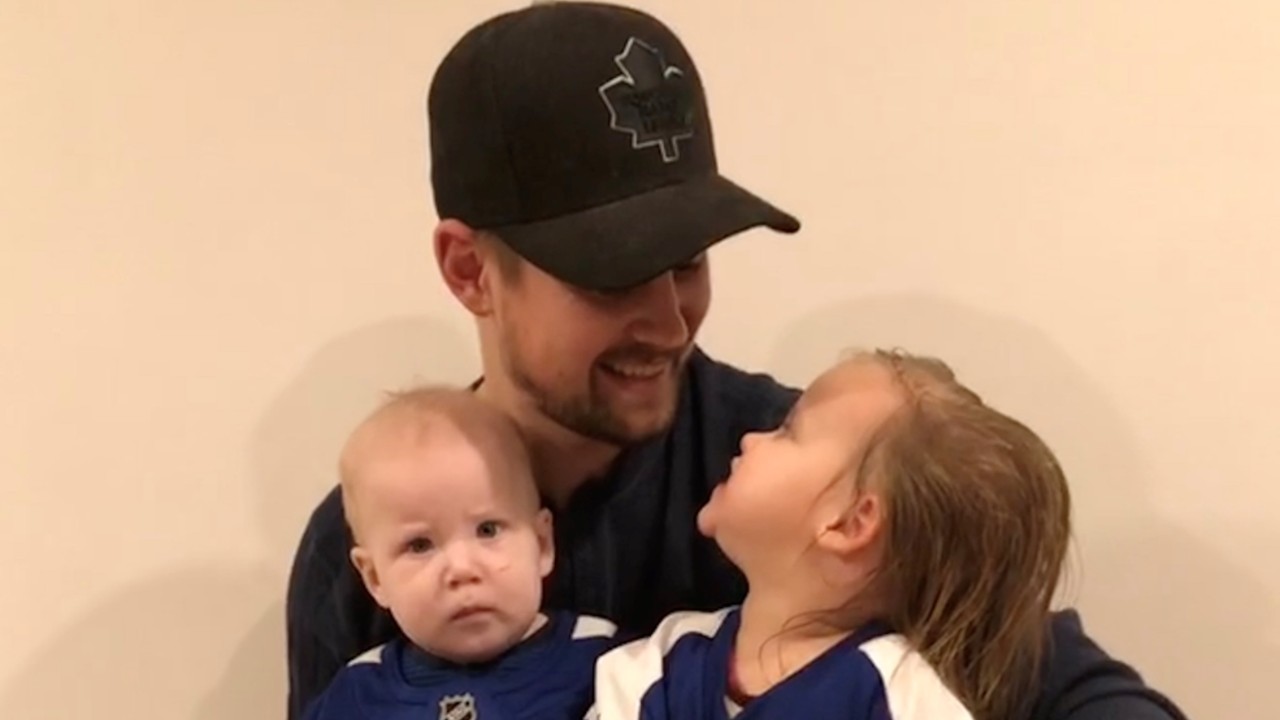Brown Bear, Brown Bear, What Do You See?, written by Bill Martin Jr. and illustrated by Eric Carle, was originally published in 1967. This beloved children’s book has been translated into 31 languages and has sold more than 16 million copies. If you have a small child, or ever were a small child, or have heard of the concept of small children, you are familiar with Brown Bear, Brown Bear. So what is it about this particular story that has made it a mainstay on toddlers’ bookshelves for over 50 years?

I have no fucking clue.
Synopsis
Bear, B. Bear starts with us, the audience, asking our titular character, Brown Bear what he sees. He answers that he sees a red bird looking at him.

Turn the page and we do in fact see a red bird, who, when questioned, tells us that she sees a yellow duck. Set aside that the question we should be asking these variously colored animals is HOLY SHIT, HOW CAN YOU TALK?, over the next seven pages the audience asks, “What can you see?” of a yellow duck, blue horse, green frog, purple cat, white dog, black sheep, and goldfish.
The first real twist of the book comes when the goldfish reveals that what he sees is not another animal, but instead a teacher looking at him. Surprising, because all this time the reader assumes they are out in nature, maybe at a zoo, but instead we’re in some kind of classroom? A classroom that has zero health codes or concern for the animal food chain, at that.
The teacher says she sees children and the children see…

Unfortunately, the children just see all the animals we already talked about.

And that’s it. That’s the whole book. Like, for real. 16 million copies sold.
Critique
Some will argue that the beauty in Brown Bear’s story is its simplicity. After all, this is a book for small children and they are notoriously bad at following complicated plots. Try watching Cloud Atlas with a 2-year-old and I guarantee they won’t even notice that the film subtly shifts genres with each storyline. But beyond the very basic lessons of animals and colors– a confusing lesson at that, since I’ve never seen a purple cat outside of the time my friend’s kid took a marker to Mr. Mittens—Brown Bear doesn’t have much to offer. There are a lot of books that help kids with colors and animals that haven’t found a fraction of the success of Brown Bear and some of them even manage to throw in a story line for funsies.
I would argue that the story in Brown Bear, if you can even call it that, raises more questions than it answers—particularly when it comes to logistics. Think about it- the audience asks Brown Bear what he sees and he says that he sees a red bird looking at him, but when we ask Red Bird what she sees, she makes no mention of looking at a bear and instead says she sees a yellow duck. If we are to believe Brown Bear that Red Bird really is looking at him, and believe Red Bird that she is seeing Yellow Duck (and so on and so on, since every animal names a different animal from the one who they are supposedly looking at), then where are all of these animals standing to make this possible? Are they on some sort of risers? And where are the children so that they are situated to see all of these animals and their teacher? After some pretty advanced logistics engineering (and approximately 3 IPAs), this is the best I could come up with, and it still doesn’t answer the question of how the children can be seeing every animal, all at once.

Bottom Line
Brown Bear, Brown Bear is at the same time too simplistic and too complicated. Plus, that drawing of the teacher gives me nightmares.

The unfortunate truth is that my kid loves Brown Bear and yours probably will, too. My kid also loves watching a video of me making fart noises and spinning in circles, but that doesn’t mean it’s actually good (it is) (but Brown Bear isn’t).

